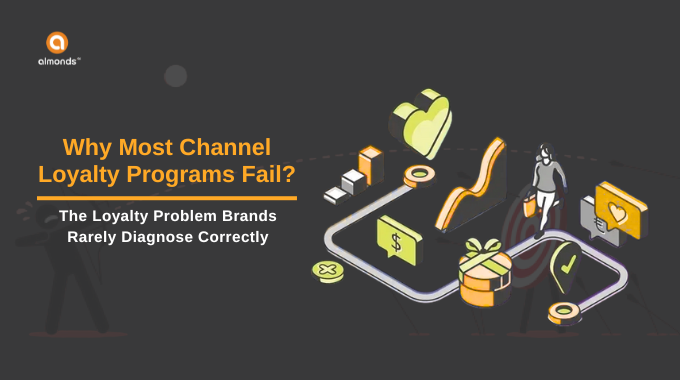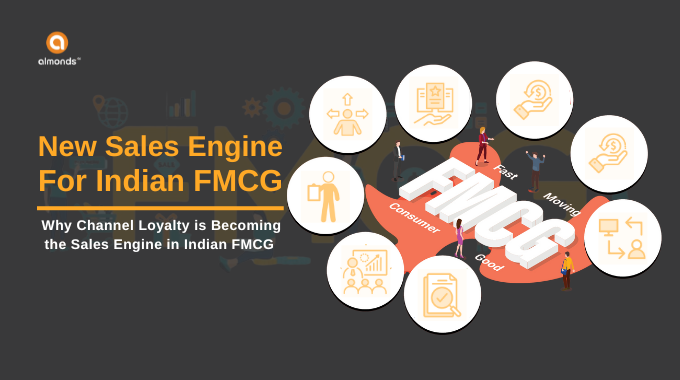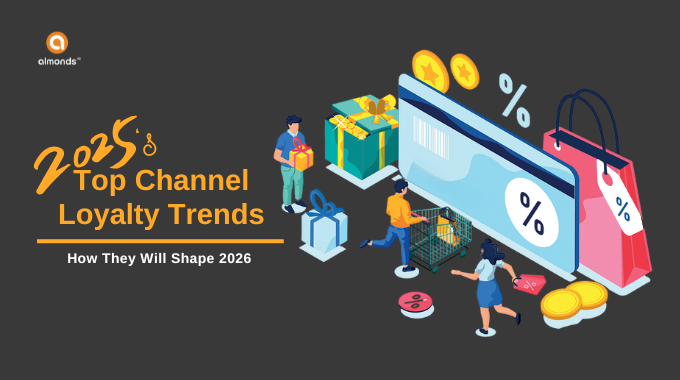Drivers play a pivotal role in industries like logistics, transportation, and delivery. They ensure timely deliveries, maintain supply chain efficiency, and act as the face of the company for many customers. Despite this, drivers often remain underappreciated, resulting in disengagement, high turnover rates, and inefficiencies. A driver loyalty program can be a game-changer, addressing these challenges while significantly boosting revenue generation.
Driver loyalty programs reward and engage drivers, creating a sense of belonging and recognition. They are designed to motivate drivers by offering rewards for achieving specific goals, whether it’s timely deliveries, safe driving, or exceeding performance benchmarks. According to HubSpot, businesses implementing loyalty programs report an average of a 15% increase in retention rates, directly reducing recruitment and training costs while improving operational consistency.
How Driver Loyalty Programs Impact Revenue
Driver loyalty programs are not just about rewards—they are strategic tools that create long-term value. Engaged and motivated drivers directly contribute to improved business outcomes. A study by Forbes highlights that companies with strong partner engagement outperform their competitors by 147% in earnings. In the context of drivers, loyalty programs foster better work habits, enhance productivity, and lead to higher customer satisfaction.
When drivers feel valued and rewarded for their efforts, their motivation increases, leading to more efficient deliveries and adherence to company policies. Safe and timely deliveries enhance customer trust and loyalty, which ultimately results in repeat business. For logistics companies, this means fewer delays, reduced vehicle maintenance costs, and a better overall reputation in the market.
Examples of Driver Loyalty Programs in Action
Logistics giants like DHL have successfully implemented driver loyalty programs to improve performance. By offering rewards for meeting delivery quotas and maintaining high customer ratings, they have achieved up to a 20% improvement in delivery efficiency (Statista). These programs incentivize drivers to optimize their routes, adhere to safety protocols, and maintain customer satisfaction.
Fuel companies like Shell and BP have also introduced loyalty programs tailored for drivers. These programs reward drivers with points for fuel purchases, which can be redeemed for discounts, free services, or merchandise. According to Entrepreneur, such programs increase driver loyalty to the brand by 25%, ensuring repeat visits and sustained revenue.
Ride-hailing platforms like Uber and Lyft employ tiered loyalty systems for their drivers, offering exclusive perks such as free vehicle servicing, higher payout rates, and access to support centers. These initiatives have significantly reduced driver churn, with HubSpot reporting a 25% decrease in turnover rates for companies adopting similar loyalty strategies.

The Role of Technology in Driver Loyalty Programs
A well-designed driver loyalty program leverages technology to track performance, personalize rewards, and provide real-time feedback. Implementing a B2B loyalty platform enables businesses to automate these processes, ensuring efficiency and scalability. These platforms allow companies to:
- Track Key Metrics: Monitor driver performance, delivery times, and customer satisfaction scores.
- Personalize Rewards: Offer tailored incentives such as fuel vouchers, maintenance discounts, or financial bonuses.
- Analyze Data: Gather insights to optimize the program and identify areas for improvement.
Statista reports that businesses using technology-driven loyalty programs experience a 25% increase in engagement, as drivers feel their efforts are being accurately tracked and fairly rewarded.
Gamification is another powerful tool in loyalty programs. By introducing leaderboards, badges, and milestone-based rewards, companies can make the program engaging and competitive. According to a study by HBR, gamified loyalty programs improve participation rates by 30%, driving better performance among drivers.
Reducing Operational Costs Through Loyalty
Driver loyalty programs also contribute to cost savings. Engaged drivers are more likely to follow optimal routes, adhere to maintenance schedules, and reduce idle time. This results in lower fuel consumption, fewer breakdowns, and reduced wear and tear on vehicles. For example, a logistics company that incentivized fuel-efficient driving reduced its overall fuel costs by 12%, highlighting the direct financial benefits of such programs.
Additionally, loyal drivers tend to stay longer with the company, reducing the costs associated with hiring and training new employees. Forbes estimates that replacing a driver can cost up to 20% of their annual salary. By retaining drivers through loyalty initiatives, businesses can reinvest these savings into growth and innovation.
How Driver Loyalty Programs Drive Customer Satisfaction
Drivers are often the first point of contact for customers, making their performance crucial to the overall customer experience. A satisfied customer is more likely to return, recommend the company, and even pay a premium for better service. Loyalty programs that reward drivers for high customer ratings ensure that they prioritize customer satisfaction, creating a positive feedback loop.
For instance, a delivery company that introduced a customer feedback-based rewards system saw a 15% increase in positive reviews within six months. This improvement not only enhanced the company’s reputation but also led to a 10% growth in repeat business.
Building a Sustainable and Scalable Driver Loyalty Program

Implementing a driver loyalty program requires careful planning and execution. Using a B2B loyalty platform, businesses can streamline program management, automate rewards, and scale the initiative as needed. Here are some steps to create a successful program:
- Set Clear Objectives: Define the goals of the program, whether it’s improving delivery times, reducing churn, or enhancing customer satisfaction.
- Choose the Right Rewards: Tailor rewards to the drivers’ needs and preferences, such as fuel cards, maintenance vouchers, or financial bonuses.
- Leverage Data: Use analytics to track performance, identify top performers, and optimize the program over time.
- Communicate Effectively: Ensure drivers understand how the program works and the benefits they can gain by participating.
- Continuously Improve: Gather feedback from drivers and use it to refine the program.
Read More: Complete Guide for Launching a Loyalty Program for Businesses
The Future of Driver Loyalty Programs
The transportation and logistics industries are evolving rapidly, with technology playing a central role in their transformation. Driver loyalty programs powered by AI and advanced analytics will become increasingly common, enabling businesses to offer hyper-personalized rewards and track performance in real-time.
Statista projects that by 2030, businesses with integrated loyalty programs will outperform their competitors by 30% in revenue growth. As more companies adopt these strategies, the emphasis will shift toward creating holistic programs that benefit not only the drivers but also the overall business ecosystem.
Driver loyalty programs are a powerful tool for revenue generation, offering benefits that extend far beyond immediate rewards. By engaging and motivating drivers, businesses can improve operational efficiency, enhance customer satisfaction, and build long-term competitive advantages. Whether you’re a logistics giant or a small transportation company, introducing a loyalty program for drivers is a step toward sustained growth and success. Start building loyalty that drives your revenue today!







